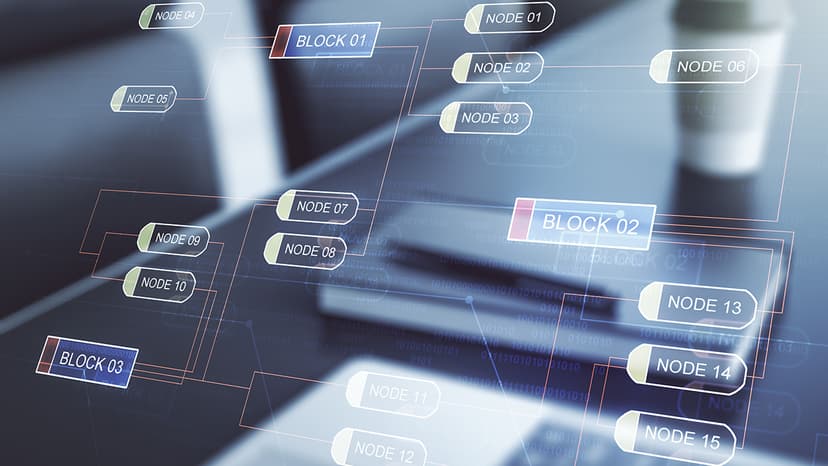A Simple Guide to Transformers and Attention Mechanisms in AI Training
The Transformer model, first introduced in the groundbreaking paper "Attention is All You Need" by Google Research, marked a significant departure from traditional recurrent models by relying solely on attention mechanisms. This innovative design enables the model to process input data in parallel, leading to remarkable improvements in both efficiency and effectiveness. The introduction of Transformers and their unique attention mechanisms has profoundly altered the landscape of how machines comprehend and generate language, setting a new standard in the field of artificial intelligence.
The Core Concept of Attention
The core of the Transformer model in AI is a special feature called "self-attention" or "scaled dot-product attention." This feature is like the model's way of figuring out which words (or parts of the data) are most important to pay attention to when it's reading or generating text. The model does this by using a mathematical formula that works a bit like a weighing scale for words.
Here’s a simpler breakdown of how it works:
The Formula
The main formula used in this process is:
$$\text{Attention}(Q, K, V) = \text{softmax}\left(\frac{QK^T}{\sqrt{d_k}}\right)V$$
- $Q$ stands for 'queries.' Think of these like questions the model is asking about each word.
- $K$ stands for 'keys.' These are like clues that help answer the questions about each word.
- $V$ stands for 'values.' These are the actual words or parts of the data that the model is analyzing.
- $d_k$ is a number that helps adjust the scale, so the model’s decisions are balanced.
How it Works
The model first multiplies queries and keys, similar to pairing questions with clues. Then, it uses a method called 'softmax' to convert these pairs into numbers indicating their importance. The higher the number, the more the model focuses on that part of the data. It then selects the most important values or words based on these numbers.
Simply put, the self-attention mechanism allows the model to concentrate on specific words crucial for understanding the meaning, akin to how we focus on certain words to comprehend a sentence's overall message. This focused approach is a key reason why Transformers excel in understanding and generating language.
Breaking Down the the Attention Formula
-
Matching Queries and Keys: The process starts by matching queries (questions the model asks) with keys (clues to answer these questions). This is done by a math operation called the dot product, which helps the model see how well each query matches with each key.
-
Adjusting the Scale: The matching scores are then adjusted by dividing them by a certain value (the square root of the key's dimension, $\sqrt{d_k}$). This step makes sure the next part of the process works smoothly.
-
Turning Scores into Chances: The softmax function changes these adjusted scores into probabilities, which are like chances. Higher scores get higher chances, meaning they are more important.
-
Applying the Chances to Values: Finally, the model uses these chances to focus on the most important parts of the values (the actual information the model is analyzing). The important parts get more attention.
Example with Numbers
Let's look at a simplified model with $d_k = 2$. We have queries ($Q$), keys ($K$), and values ($V$) matrices like this (for a single head and example):
For the matrix $Q$:
$$Q = \begin{pmatrix} 3 & 4 \end{pmatrix}$$
For the matrix $K$:
$$K = \begin{pmatrix} 1 & 2 \\ 2 & 3 \end{pmatrix}$$
For the matrix $V$:
$$V = \begin{pmatrix} 7 & 8 \\ 9 & 10 \end{pmatrix}$$
In these matrices:
- $K$ (keys) are like clues to unlock the meaning of the input.
- $V$ (values) are the actual content or data that we want to focus on.
First, calculate the dot product $QK^T$, then scale and apply softmax:
$$\text{softmax}\left(\frac{\begin{pmatrix} 3 & 4 \end{pmatrix} \begin{pmatrix} 1 & 2 \\ 2 & 3 \end{pmatrix}}{\sqrt{2}}\right) = \text{softmax}\left(\begin{pmatrix} 11 & 18 \end{pmatrix} \times \frac{1}{\sqrt{2}}\right)$$
Assuming the softmax function returns probabilities like $\begin{pmatrix} 0.2 & 0.8 \end{pmatrix}$, these are then used to weigh the values:
$$\begin{pmatrix} 0.2 & 0.8 \end{pmatrix} \begin{pmatrix} 7 & 8 \\ 9 & 10 \end{pmatrix} = \begin{pmatrix} 8.6 & 9.6 \end{pmatrix}$$
This resulting matrix represents the output of the attention mechanism for this particular input. The softmax probabilities (0.2 and 0.8) indicate the relative importance assigned to each part of the input. The model gives more weight to the part associated with the higher probability (0.8 in this case), leading to a focus on those elements in the values matrix.
The Transformer and its attention mechanisms represent a significant leap in the field of AI, particularly in handling complex language tasks. By understanding the mathematics and working through examples, we can appreciate how these models efficiently process and generate language, marking a milestone in the journey of AI development.












